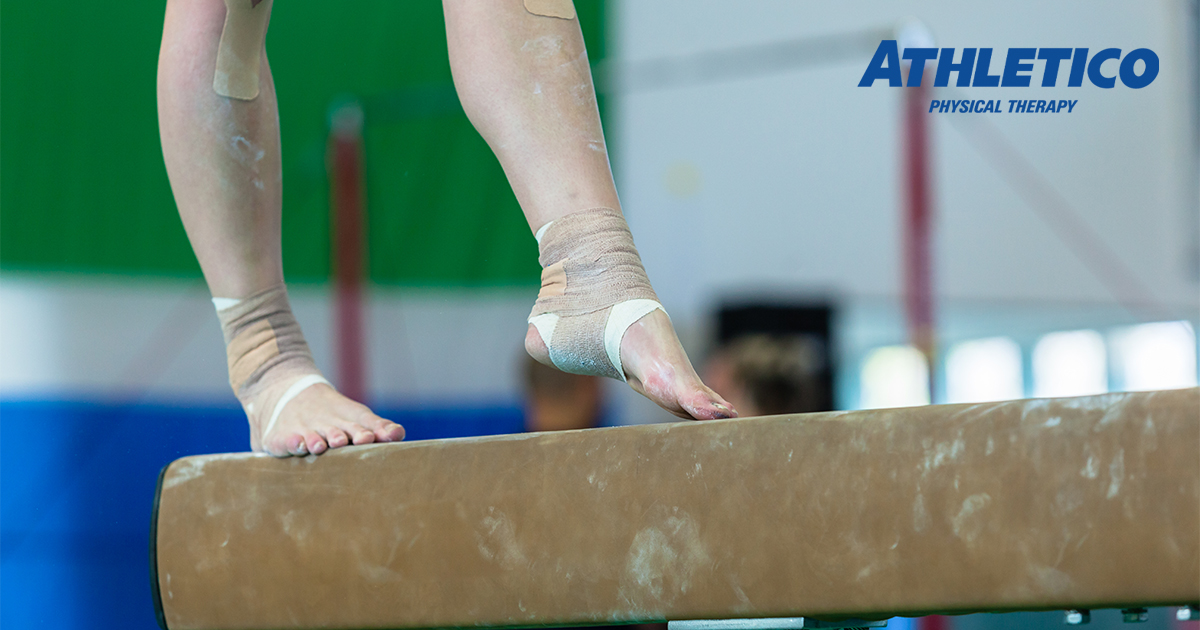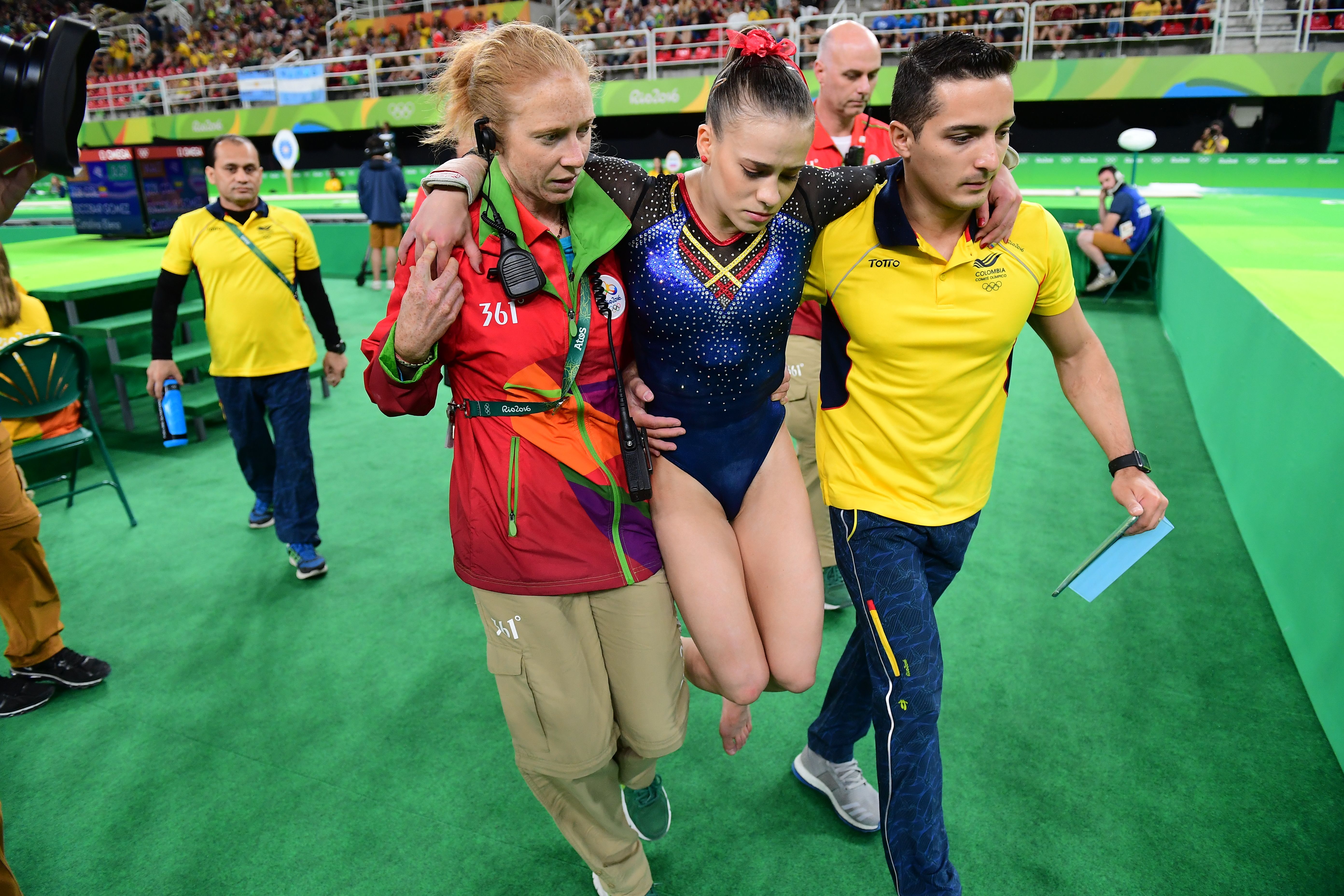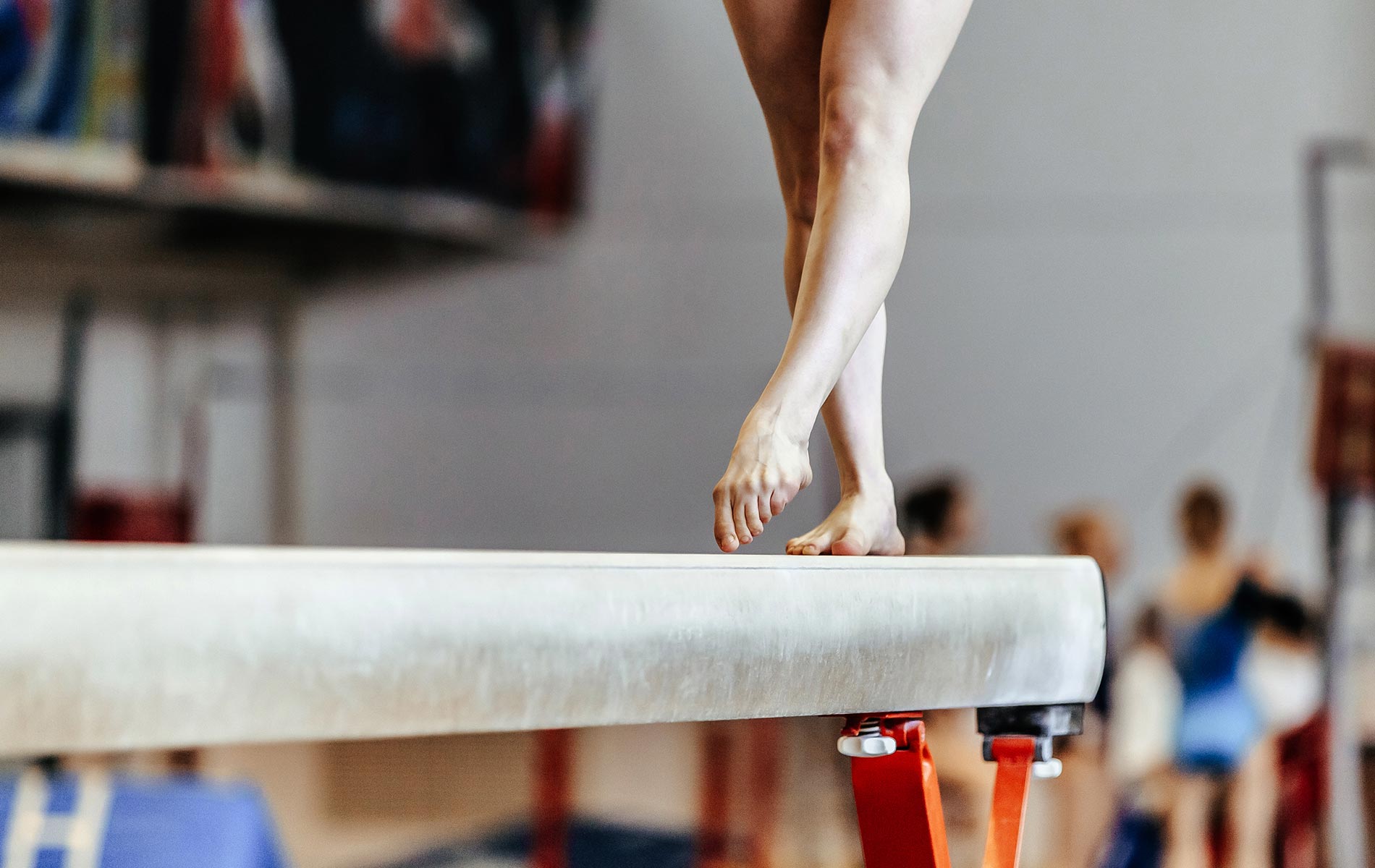Common Gymnastics Injuries

Gymnastics injuries – Gymnastics is a physically demanding sport that requires athletes to perform complex and often dangerous maneuvers. As a result, gymnasts are at risk for a variety of injuries, ranging from minor sprains and strains to more serious fractures and dislocations.
The most common type of gymnastics injury is an ankle sprain. Ankle sprains occur when the ligaments that support the ankle are stretched or torn. They are often caused by landing awkwardly from a jump or fall.
Gymnastics is a beautiful yet demanding sport that requires immense physical prowess. However, it also comes with its risks, and injuries are a common occurrence. One such injury that has garnered attention is the skye blakely injury. Skye Blakely, a promising young gymnast, unfortunately suffered a severe injury that sidelined her from competition.
While her story is a reminder of the challenges gymnasts face, it also highlights the resilience and determination that defines the sport. Gymnastics injuries, while unfortunate, are a testament to the rigorous training and physical limits that athletes push themselves to achieve.
Another common type of gymnastics injury is a wrist fracture. Wrist fractures occur when the bones in the wrist are broken. They are often caused by falling on an outstretched hand.
Gymnasts are also at risk for knee injuries, such as anterior cruciate ligament (ACL) tears. ACL tears occur when the ligament that connects the thigh bone to the shin bone is torn. They are often caused by sudden changes in direction or landing awkwardly from a jump.
Gymnastics, a demanding sport, takes a toll on the body, leading to various injuries. As the gymnastic olympic trials approach, athletes push their limits, increasing the risk of sprains, strains, and fractures. These injuries can be debilitating, requiring extensive rehabilitation.
Understanding the causes and prevention of gymnastics injuries is crucial to ensure the well-being of these dedicated athletes.
In addition to these common injuries, gymnasts may also experience other injuries, such as:
- Shoulder injuries
- Elbow injuries
- Back injuries
- Neck injuries
- Head injuries
The risk of injury in gymnastics is influenced by a number of factors, including the gymnast’s age, skill level, and training environment. Younger gymnasts are more likely to experience injuries than older gymnasts. Gymnasts who train at a higher level are also more likely to experience injuries than gymnasts who train at a lower level. And gymnasts who train in a poorly maintained or unsafe environment are more likely to experience injuries than gymnasts who train in a well-maintained and safe environment.
Gymnastics injuries can be serious and can have a significant impact on an athlete’s career. It is important for gymnasts to be aware of the risks of injury and to take steps to prevent them.
Prevention and Treatment of Gymnastics Injuries

Gymnastics is a demanding sport that requires a high level of athleticism and flexibility. As a result, gymnasts are at risk for a variety of injuries. However, there are a number of effective strategies that can be used to prevent and treat these injuries.
Injury Prevention
- Proper warm-up and cool-down: Warming up the muscles before exercise and cooling down afterward helps to prevent injuries by increasing blood flow and flexibility.
- Gradual progression: Gradually increasing the intensity and duration of training over time helps to prevent injuries by allowing the body to adapt to the demands of the sport.
- Proper technique: Using proper technique when performing gymnastics skills helps to prevent injuries by reducing the amount of stress on the body.
- Strength training: Strength training helps to strengthen the muscles and connective tissues, which can help to prevent injuries.
- Flexibility training: Flexibility training helps to improve the range of motion in the joints, which can help to prevent injuries.
- Proper nutrition: Eating a healthy diet that is rich in fruits, vegetables, and whole grains helps to provide the body with the nutrients it needs to stay healthy and strong.
- Adequate sleep: Getting enough sleep helps the body to recover from exercise and repair itself.
Treatment of Gymnastics Injuries
The treatment of gymnastics injuries depends on the type and severity of the injury. Some common treatment options include:
- Rest: Resting the injured area can help to reduce pain and inflammation.
- Ice: Applying ice to the injured area can help to reduce pain and swelling.
- Compression: Applying compression to the injured area can help to reduce swelling.
- Elevation: Elevating the injured area can help to reduce swelling.
- Medication: Over-the-counter pain relievers, such as ibuprofen or acetaminophen, can help to reduce pain and inflammation.
- Physical therapy: Physical therapy can help to strengthen the muscles and connective tissues around the injured area, and to improve range of motion.
- Surgery: Surgery may be necessary to repair severe injuries.
Rehabilitation
Rehabilitation is an important part of recovering from a gymnastics injury. Rehabilitation exercises help to strengthen the muscles and connective tissues around the injured area, and to improve range of motion. Rehabilitation should be supervised by a physical therapist or other qualified healthcare professional.
Case Studies of Gymnastics Injuries

Gymnastics is a demanding sport that requires athletes to perform complex and often dangerous maneuvers. As a result, gymnasts are at risk for a variety of injuries, including sprains, strains, fractures, and dislocations. In this section, we will share case studies of notable gymnastics injuries, highlighting the causes, symptoms, and outcomes.
These case studies provide valuable lessons that can inform injury prevention and treatment practices. By understanding the causes and symptoms of common gymnastics injuries, coaches and athletes can take steps to reduce the risk of injury and improve the safety of the sport.
Case Study: Simone Biles’s Rio Olympics Vault Injury
In the 2016 Rio Olympics, Simone Biles, one of the most decorated gymnasts in history, suffered a vault injury that forced her to withdraw from the competition. The injury occurred during her first vault, a Yurchenko double pike. Biles landed awkwardly on her feet, and her right ankle buckled inward. She was diagnosed with a grade 3 ankle sprain and was unable to compete in the all-around competition.
Biles’s injury was a reminder of the risks involved in gymnastics. Even the most experienced and talented athletes are susceptible to injury. The injury also highlighted the importance of proper training and conditioning. Biles had been training hard for the Olympics, but she may not have been adequately prepared for the demands of the vault.
Case Study: Aly Raisman’s London Olympics Floor Exercise Injury
In the 2012 London Olympics, Aly Raisman suffered a knee injury during her floor exercise routine. The injury occurred when Raisman landed awkwardly on her left knee after a tumbling pass. She was diagnosed with a torn anterior cruciate ligament (ACL) and was forced to undergo surgery.
Raisman’s injury was a devastating blow to her Olympic hopes. She had been one of the favorites to win the all-around competition, but the injury prevented her from competing. The injury also highlighted the importance of proper landing technique. Raisman had been landing on her knees for years, but she may not have been using the proper technique to protect her ACL.
Lessons Learned from Case Studies
The case studies of Simone Biles and Aly Raisman provide valuable lessons that can inform injury prevention and treatment practices. These lessons include:
- Even the most experienced and talented athletes are susceptible to injury.
- Proper training and conditioning are essential to reducing the risk of injury.
- Proper landing technique is essential to protecting the knees and ankles.
- Athletes should be aware of the signs and symptoms of common gymnastics injuries.
- Athletes should seek medical attention immediately if they suspect they have sustained an injury.
Recommendations for Improving Safety and Reducing the Risk of Injuries in Gymnastics
In addition to the lessons learned from case studies, there are a number of recommendations that can be made to improve safety and reduce the risk of injuries in gymnastics. These recommendations include:
- Coaches should ensure that athletes are properly trained and conditioned before they attempt difficult maneuvers.
- Coaches should teach athletes proper landing technique.
- Athletes should warm up properly before each workout and competition.
- Athletes should cool down properly after each workout and competition.
- Athletes should listen to their bodies and take breaks when they are feeling tired or sore.
- Athletes should seek medical attention immediately if they suspect they have sustained an injury.